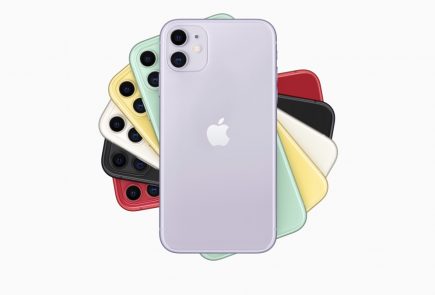The Evolution of Apple’s Command Key

Meet the extremely fascinating Susan Kare. She is an artist and designer and has spent most of her life pioneering pixel art. The extremely talented Iconographer has created thousands of icons for hundreds of companies.
As a key member of the Mac software design team, she has created many of the graphical interface elements for the original Apple Macintosh in the 1980’s.
![]() This symbol is formally known as the Command key. Informally, it has had several names. It is known to be been referred as the Apple key, pretzel key, squiggly button, Saint John’s Arms and the Bowen Knot. Without a doubt, it is the most useful key on the board.
This symbol is formally known as the Command key. Informally, it has had several names. It is known to be been referred as the Apple key, pretzel key, squiggly button, Saint John’s Arms and the Bowen Knot. Without a doubt, it is the most useful key on the board.
The symbol became a part of the Macintosh project when Steve Jobs found that the former Apple symbol overcrowded the menu. It was then, while doing a bit of research, Susan Kare found this symbol while browsing through the symbol dictionary. She’s glad to have chanced upon this cloverleaf-like design, commonly used in Nordic countries as an indicator of cultural locations and places of interest.
In the video,Kare goes on to talk about her journey from Apple to Windows and the evolution of digital Iconography. While talking about the yesteryears, she walks us through the early 80’s when Apple launched its first Macintosh 128K in 1984.
Susan also points out the importance of simplicity in iconography. While explaining the idea, she mentioned a book the called ‘Understanding Comics: An invisible Art’ by Scott McCloud. In which McCloud tells how details make the graphic personal while a sketch with minimilistic details is relatable to most beings.
She ended with a quote of her hero of Graphic Designing:
[quote text_size=”medium” author=”Paul Rand ” author_title=”Graphic Designer”]
Create solutions to design problems that are meaningful and memorable
[/quote]























